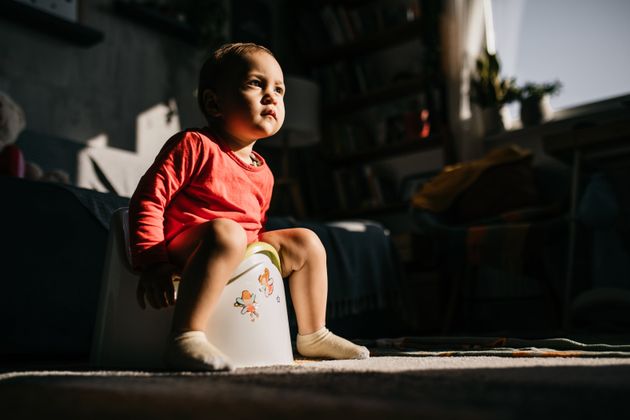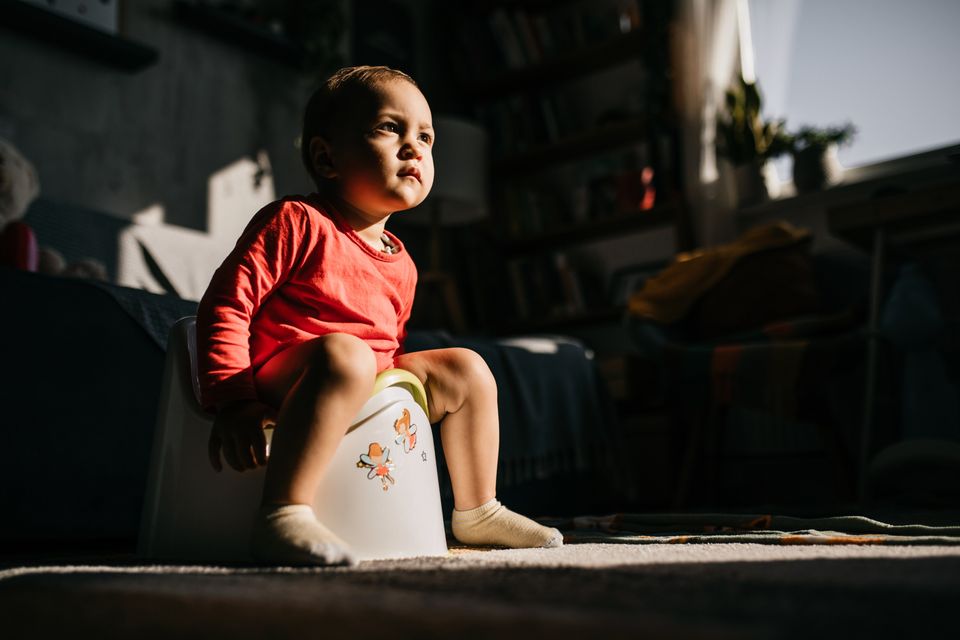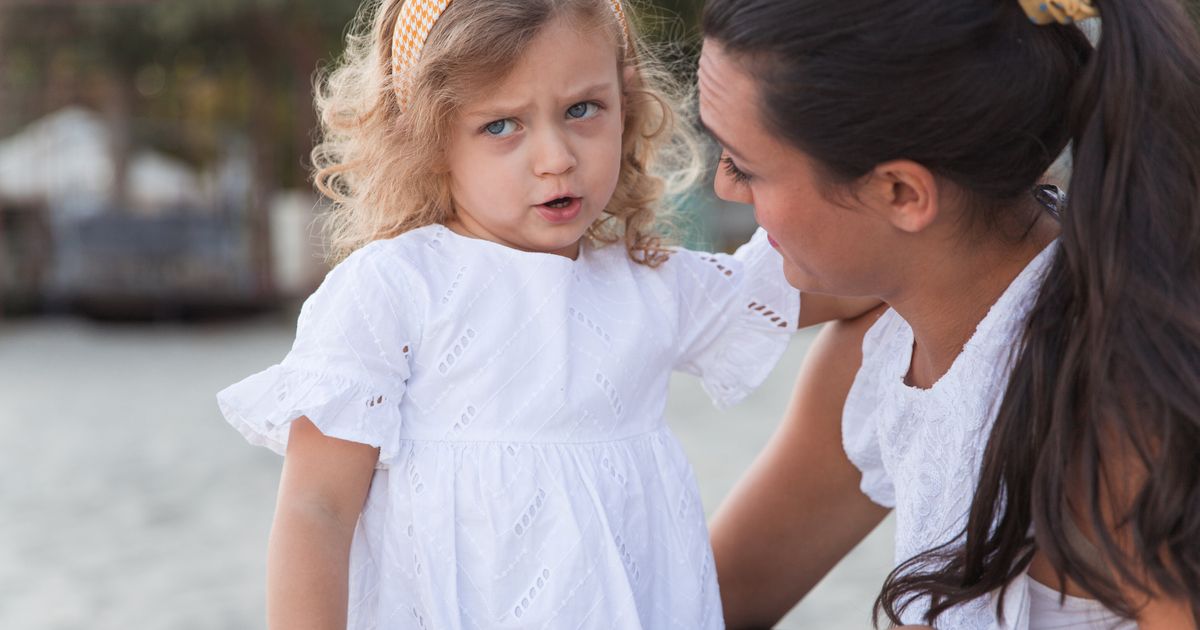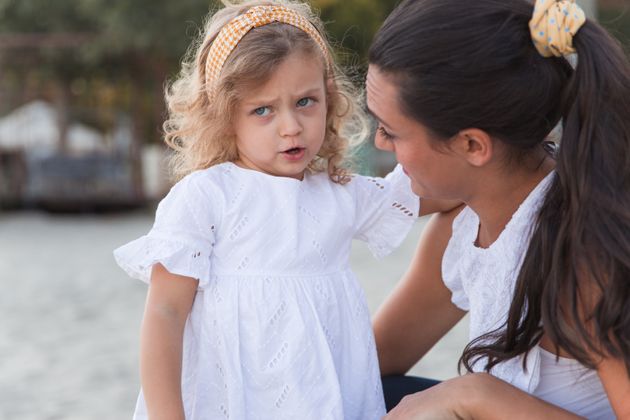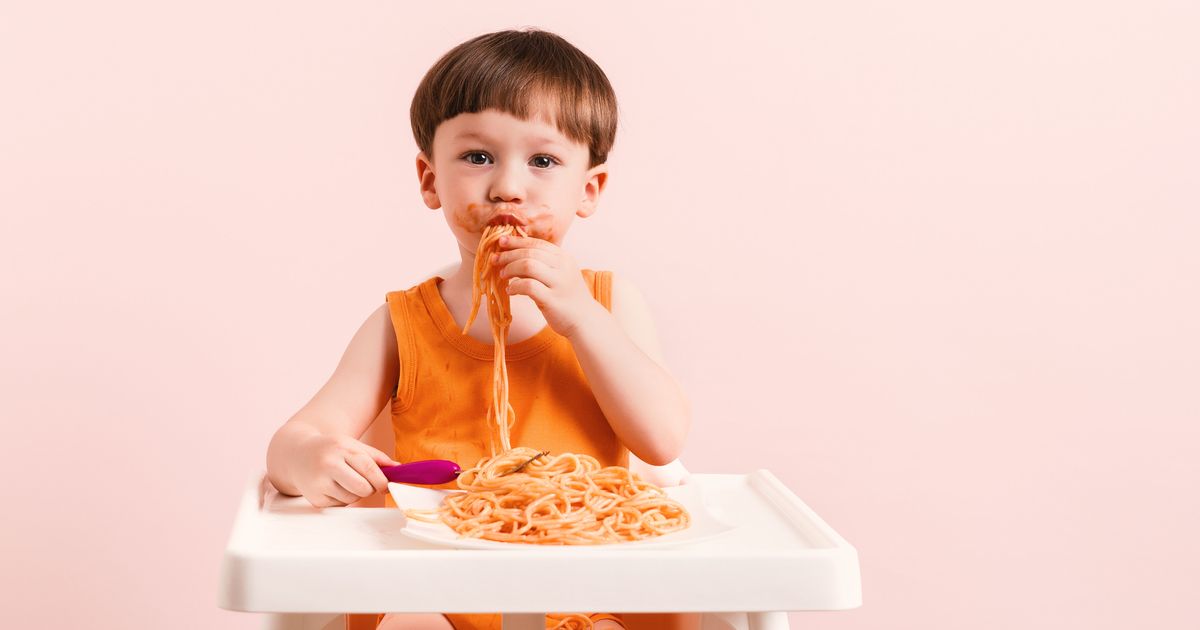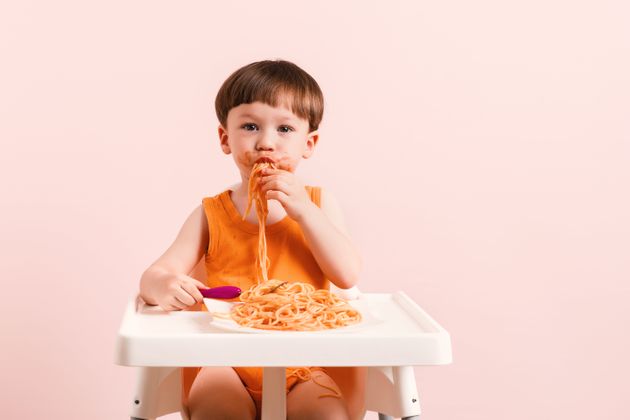Plenty of parents dread potty training – and for good reason. There will be rogue poos that find their way onto your favourite rug, there will be wee everywhere, and there will be tears (mainly from you).
But once the penny drops and things click into place, nothing can quite prepare you for that feeling of accomplishment. You will burst with pride – not just for your genius of a child, but for yourself. After all, if you can teach them how not to soil themselves, you can literally achieve anything.
Advertisement
For those yet to embark on the journey, or if you’ve recently started but aren’t having much success, there are some key things to know.
Potty training and toddler specialist Amanda Jenner – who is glamorously known by kids as “the wee and poo fairy” – has worked with hundreds of parents over the years, helping their children master the art of going to the toilet.
When asked what the perfect age is to start, she says there isn’t one as every child is different. “You know your child best,” she says, suggesting you might want to start the process “any time from around 2-4 years old”. When they’re showing signs of readiness (more on that later) and can communicate when they need to go, “then it’s the right time to give it a go,” she adds.
Here, the toddler expert talks us through the potty training mistakes that parents commonly make (we’re only human after all) – and how to rectify them.
Advertisement
1. Starting when your child isn’t ready
If you’ve started potty training, given it a good couple of weeks and your toddler is showing absolutely no interest and having lots of accidents, then they are simply not ready, says Jenner.
Children are able to control their bladder and bowels when they’re physically ready and when they want to be dry and clean. Every child is different, so some might be ready to start this sooner than others.
We know that by two years of age, some children will be dry during the day, but the NHS acknowledges this is still quite early. By three, however, most children are dry most days – although some will have the odd accident if excited or upset.
What to do instead: have a break for one or two months and then start fresh. Look out for them showing signs of readiness. These include:
- stopping in their tracks when they are doing a wee or a poo,
- becoming aware of their bodily functions,
- insisting on a nappy change when it has been soiled,
- hiding behind the sofa when they are doing a wee,
- going longer periods with drier nappies,
- understanding simple instructions and commands,
- being able to communicate that they’ve done a wee or poo.
2. Getting started when there’s a change in circumstances
It’s not a good idea to start potty training if you’re experiencing some disruption to your lives right now. This could be because your toddler is feeling unwell, there’s a new baby in the family, you’ve moved house, your child has started or changed nursery, or there are any problems in the household, such as a separation or a death in the family, says Jenner.
What to do instead: wait until there’s less disruption in your lives and start the process again. Jenner recommends spending the week before you start potty training educating yourselves on the process and reading a potty training story book to your little one to help them understand what they have to do.
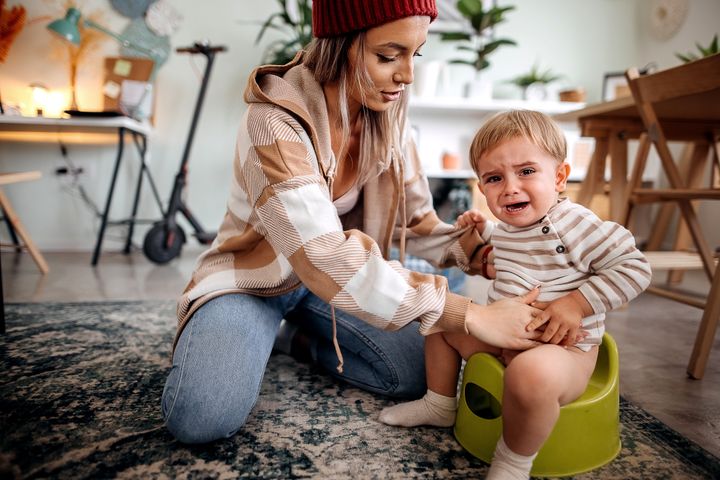
StefaNikolic via Getty Images
3. Getting frustrated with your child
Potty training can be unbelievably frustrating for both you and your toddler. Believe us, we know. But little ones don’t like to disappoint their parents, so try not to become cross with your child for accidents or not wanting to sit on the potty or toilet, says Jenner.
What to do instead: turn your frustration into lots of encouragement using upbeat and happy language. You could say: “mummy and daddy are so proud of you for trying” or “what a big boy/girl you are using the potty/toilet and wearing big girl/boy pants”.
Advertisement
4. Trying to nighttime potty train at the same time as daytime potty training
Trying to get your child to use a potty in the day and then go through the night without going to the toilet – and not wearing any nappies – is probably not going to work out like you’d hoped.
It usually takes a little longer for children to learn to stay dry throughout the night and although most learn this between the ages of three and five, around 20% of children aged five sometimes wet the bed.
Nighttime dryness involves different bladder control than the day and some children sleep deeper than others, which means they aren’t aware when they have a full bladder, says Jenner, which can then lead to bed wetting.
What to do instead: wait until they are dry in the day for a couple of months and then begin nighttime training. In the meantime, keep them in nappies overnight.
5. Forcing them to sit on the potty if they are refusing
If they won’t sit on the potty, don’t make them do it as this will only result in them associating the potty with a negative or fearful experience, says Jenner, meaning they probably won’t want to continue with potty training.
Advertisement
What to do instead: try using distractions and making it a more fun and positive experience – use bubbles, books and sensory toys. If they still refuse, then stop after a few days of trying and revisit again in a month or so. Continue to educate them in this break by using books, flash cards, watching videos and talking about it. Good luck!

